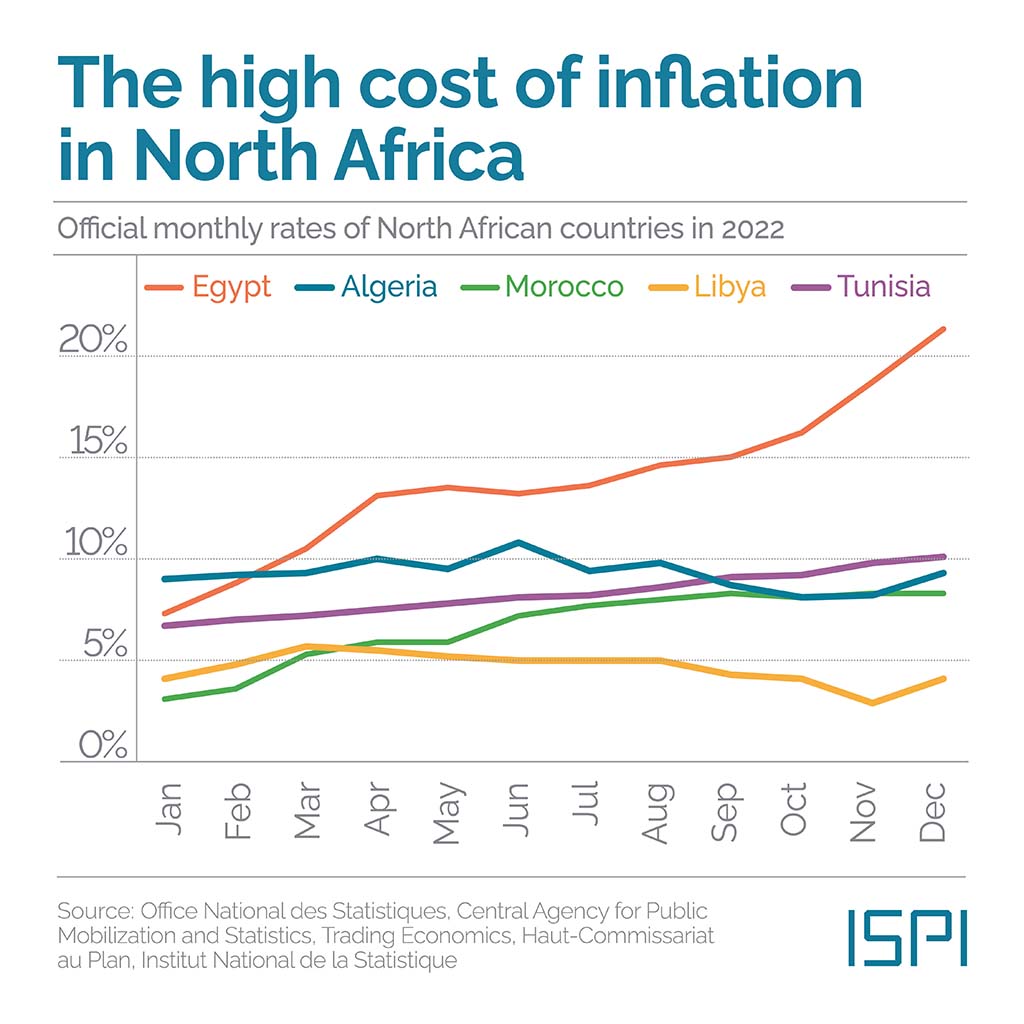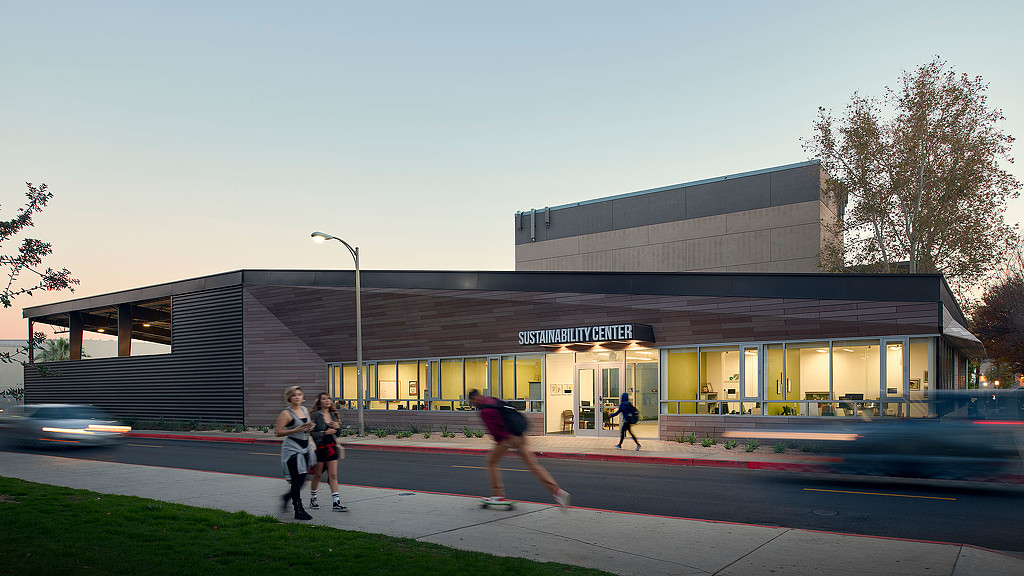Project Report: Advancing STEM Literacy and Sustainable Development in Richmond County
Introduction and Alignment with SDG 4: Quality Education
A STEM literacy initiative, led by Dr. Karen Collier of Augusta University’s College of Education and Human Development, is being implemented to enhance educational outcomes in Richmond County. Housed at the Dr. Paulette P. Harris Literacy Center, the project directly addresses the United Nations Sustainable Development Goal 4 (SDG 4) by seeking to ensure inclusive and equitable quality education and promote lifelong learning opportunities for all. The initiative focuses on improving Science, Technology, Engineering, and Math (STEM) education for elementary students, a critical area for development given that a majority of Americans perceive K-12 STEM education as average or below average.
Strategic Objectives: Promoting Equality and Reducing Disparities
Addressing SDG 5 and SDG 10: Gender Equality and Reduced Inequalities
A primary objective of the project is to challenge prevailing stereotypes in STEM fields, which have historically been dominated by individuals from specific demographic and socioeconomic backgrounds. This goal is in direct support of SDG 5 (Gender Equality) and SDG 10 (Reduced Inequalities).
- Challenging Stereotypes: The project actively works to dismantle the perception that STEM is exclusive to certain groups, thereby encouraging participation from underrepresented populations.
- Promoting Inclusion: By introducing students to diverse role models through literature, the initiative helps children from all backgrounds, including girls and those from lower socioeconomic communities, to envision themselves in STEM careers.
- Empowerment through Representation: The selection of books features a variety of characters from different backgrounds, allowing students to see that a career in STEM is an attainable goal for anyone, regardless of gender, race, or economic status.
Methodology: Integrating Literacy to Achieve Educational Goals
The project employs an innovative strategy of integrating STEM education with literacy. This approach enhances the project’s reach and impact, making STEM concepts more accessible to younger students and their families.
- Curated Literature: Nonfiction books were intentionally selected to feature relatable characters making a positive impact on their communities through science and technology, illustrating the practical application of STEM in achieving sustainable community development.
- Early Exposure: By focusing on the elementary level, the project encourages an early interest in STEM career paths, fostering a pipeline of future innovators and problem-solvers.
- Community Engagement: The initiative provides books for students to take home, building personal libraries and fostering a culture of curiosity and learning within the family unit, which supports lifelong learning principles outlined in SDG 4.
Implementation and Collaborative Partnerships (SDG 17)
Project Funding and Resources
The initiative was made possible by a $3,500 research grant funded by the College of Education and Human Development. This funding enabled the acquisition of critical resources to support the project’s mission.
- Acquisition of Materials: The grant facilitated the purchase of over 600 books and four new display stands for the Harris Literacy Center.
- Distribution: The books are distributed to students to build their home libraries, directly contributing to increased access to educational materials.
Institutional Collaboration for Sustainable Impact
This project exemplifies SDG 17 (Partnerships for the Goals) through its collaborative nature. The partnership between the Department of Teaching and Leading, the College of Education and Human Development, and the Dr. Paulette P. Harris Literacy Center demonstrates a multi-stakeholder approach to achieving educational objectives. Dean Judi Wilson emphasized that early exposure through representative literature is critical for breaking barriers and showing students that STEM is for everyone. Dr. Betsy VanDeusen, Director of the Harris Literacy Center, noted the project’s role in providing culturally relevant literature that builds literacy, curiosity, and confidence in STEM.
Monitoring and Future Expansion
Data Collection for Sustainable Growth
To measure the project’s impact and guide future efforts, a data collection mechanism has been implemented. Each book includes a QR code that directs students and families to a survey. The data gathered will be instrumental in demonstrating the project’s positive influence on student perceptions of STEM.
Vision for Expansion
The collected survey data will serve as a foundation for securing additional funding. Dr. Collier aims to use this evidence to expand the project, ensuring its long-term sustainability and broadening its impact on STEM literacy and the achievement of the Sustainable Development Goals in the community.
SDGs Addressed in the Article
SDG 4: Quality Education
The entire article focuses on a project to improve the quality of and access to STEM education, which is a core component of quality education. The initiative aims to make learning more engaging, relevant, and equitable for elementary students.
- The project, led by Dr. Karen Collier, is explicitly designed to “create awareness and improve science, technology, engineering and math education, or STEM, in Richmond County.”
- It operates out of the Dr. Paulette P. Harris Literacy Center, directly linking the initiative to an educational institution and its goals.
- The project’s method of using “nonfiction books at the elementary level” is a pedagogical strategy to enhance the quality and accessibility of STEM education from an early age.
SDG 5: Gender Equality
The article directly addresses the underrepresentation of women and girls in STEM fields and highlights the project’s goal of challenging the stereotypes that create these barriers.
- The text explicitly states, “STEM has typically been dominated by white males from higher socioeconomic backgrounds.”
- A key objective is to help students who don’t fit this stereotype, including girls, to see themselves in STEM careers. Dr. Collier notes that a student might think, “‘That’s not really for me,’ because I don’t fit that ideal stereotype that’s in my head.”
- The project uses books with diverse characters to allow all students, including girls, “to envision themselves in STEM careers.”
SDG 10: Reduced Inequalities
The project’s focus is on making STEM accessible to “underrepresented groups,” thereby working to reduce inequalities in educational and career opportunities based on socioeconomic background and race.
- The article points out that STEM has been dominated by individuals from “higher socioeconomic backgrounds” and that the project targets “underrepresented groups.”
- Dr. Judi Wilson, the dean, emphasizes that the initiative is about “breaking barriers and showing students that STEM is for everyone, regardless of background.”
- By providing over 600 free books for students to take home, the project helps reduce inequality in access to educational resources, allowing children to “build their own libraries.”
Specific Targets Identified
SDG 4: Quality Education
- Target 4.1: By 2030, ensure that all girls and boys complete free, equitable and quality primary and secondary education.
- The project focuses on “elementary students,” which falls under primary education, and aims to improve the quality and equity of their STEM learning experience.
- Target 4.4: By 2030, substantially increase the number of youth and adults who have relevant skills, including technical and vocational skills, for employment.
- The project aims to “encourage students and families to explore STEM career paths earlier,” laying the foundation for future technical skills. It opens their eyes to “so many career opportunities that people just don’t realize are out there.”
- Target 4.5: By 2030, eliminate gender disparities in education and ensure equal access to all levels of education… for the vulnerable.
- The project’s core mission is to challenge the stereotype of STEM being for “white males” and to ensure students from “underrepresented groups” feel included and see a future for themselves in these fields.
SDG 5: Gender Equality
- Target 5.5: Ensure women’s full and effective participation and equal opportunities for leadership in… economic and public life.
- By encouraging girls from a young age to pursue STEM, the project helps build the pipeline for their future participation and leadership in the technology and science sectors of the economy.
SDG 10: Reduced Inequalities
- Target 10.2: By 2030, empower and promote the social, economic and political inclusion of all, irrespective of… race, ethnicity… or economic or other status.
- The project directly works towards this by targeting “underrepresented groups” and those from backgrounds other than “higher socioeconomic” ones, aiming to foster their inclusion in the valuable fields of STEM.
Indicators Mentioned or Implied
SDG 4: Quality Education
- Perception of K-12 STEM Education Quality: The article cites a Pew Research Center finding that “About two-thirds of Americans see K-12 STEM education in the U.S. as average or below average,” which serves as a baseline indicator of perceived educational quality.
- Project-Specific Survey Data: The project has a direct measurement tool. The article states, “Each book in the project includes a sticker and a bookmark with a QR code that directs students to a survey. The goal is to collect data to expand the project.”
- Qualitative Feedback: Dr. Collier mentions using qualitative data as an indicator of success: “Even 12 comments showing a positive influence can help demonstrate the project’s value.”
- Number of Resources Distributed: The article quantifies the project’s output: “The grant allowed Collier to purchase… more than 600 books, resulting in four new displays at the Harris Literacy Center.”
SDG 5 & SDG 10: Gender Equality & Reduced Inequalities
- Baseline Representation in STEM: The statement that STEM has been “dominated by white males from higher socioeconomic backgrounds” acts as an implicit baseline indicator against which progress can be measured.
- Survey Data on Student Perception: The survey data collected from students is an implied indicator. By analyzing responses, the project can measure if students from underrepresented groups feel more included and inspired to pursue STEM, indicating a reduction in perceived inequality.
Summary of Findings
| SDGs | Targets | Indicators |
|---|---|---|
| SDG 4: Quality Education |
|
|
| SDG 5: Gender Equality |
|
|
| SDG 10: Reduced Inequalities |
|
|
Source: jagwire.augusta.edu







